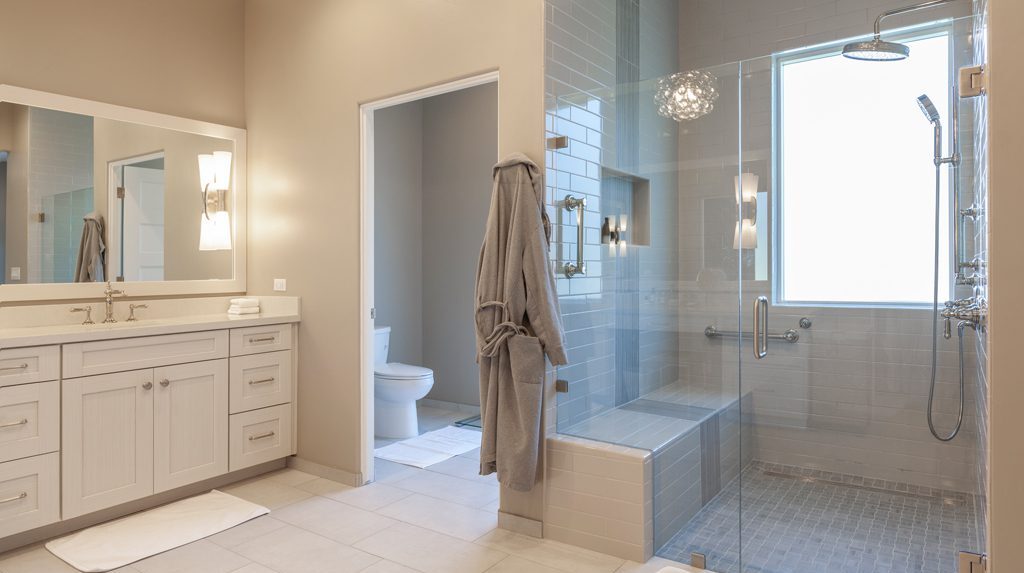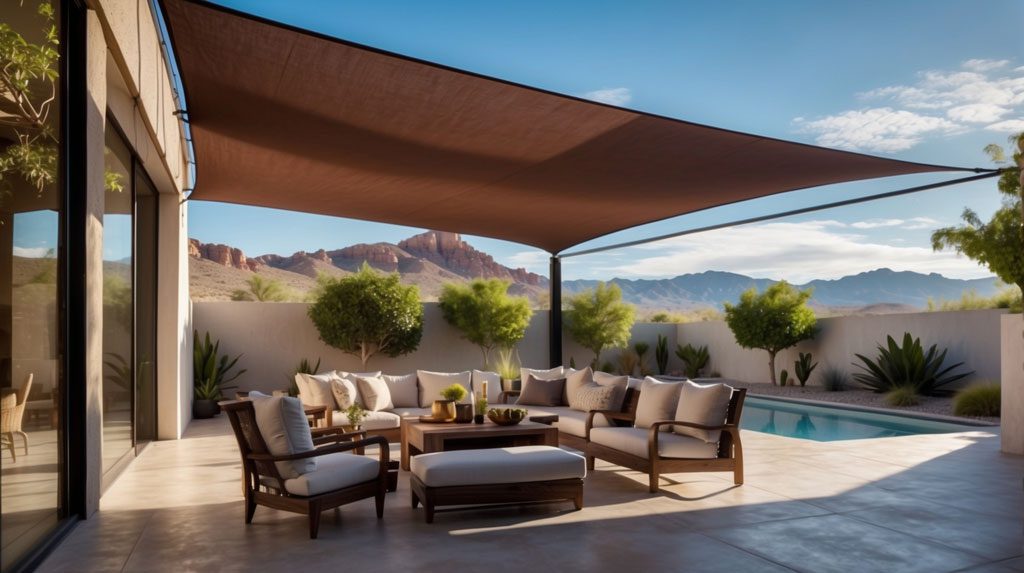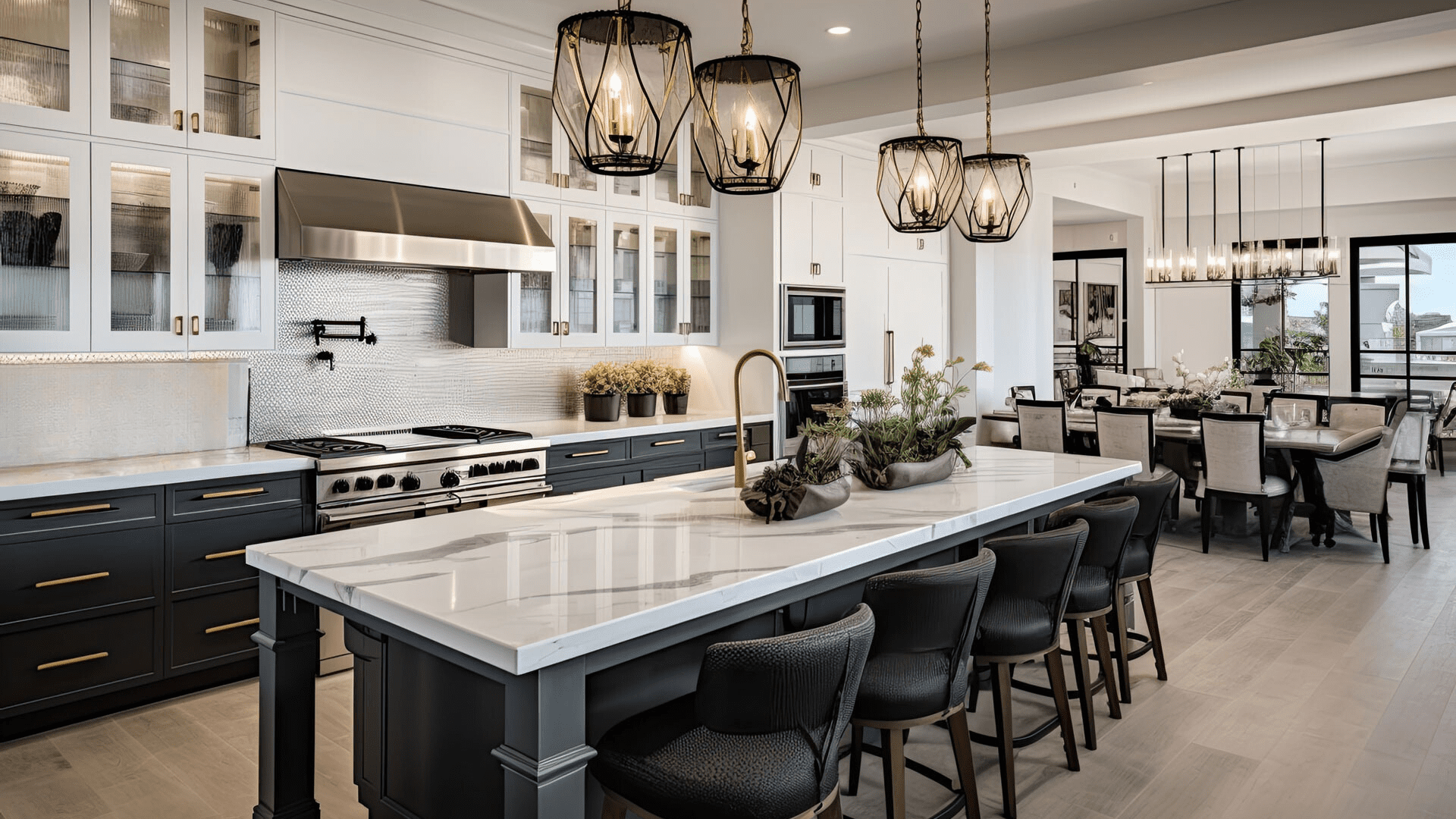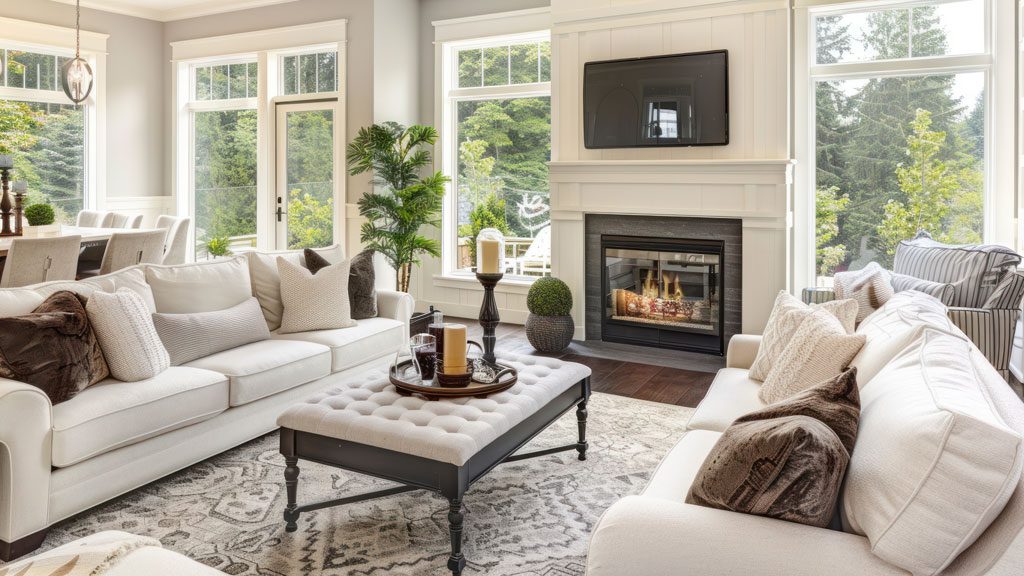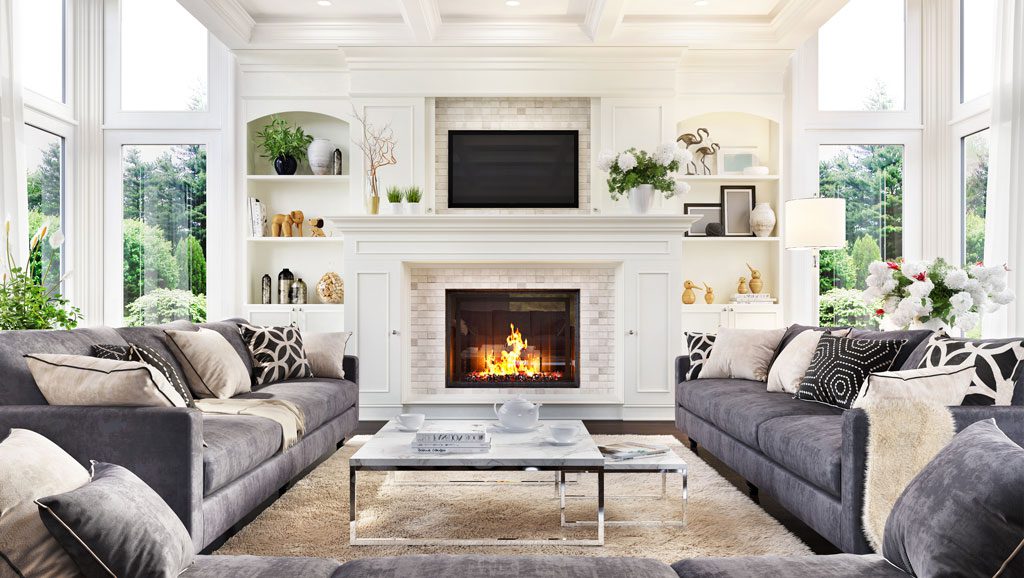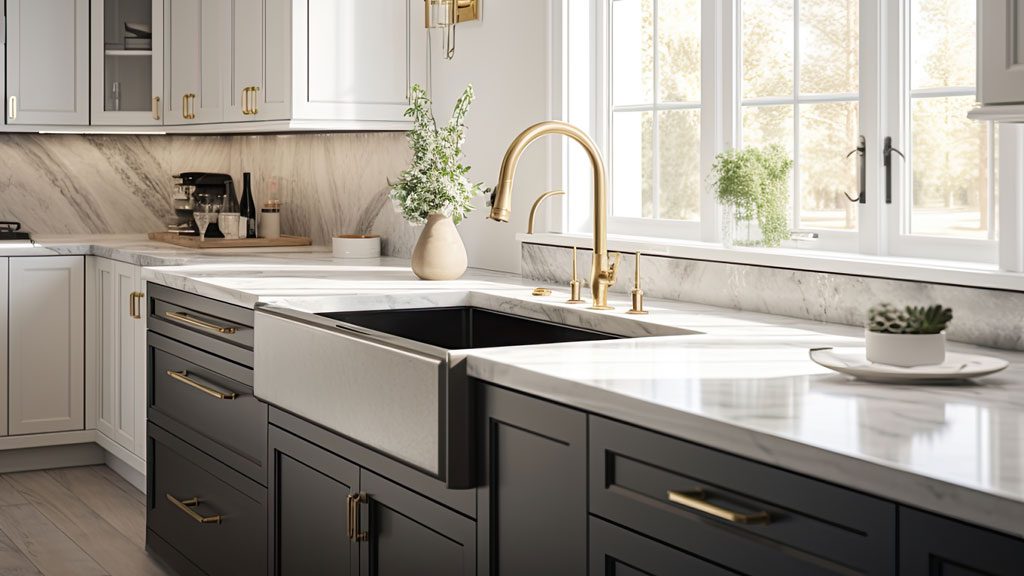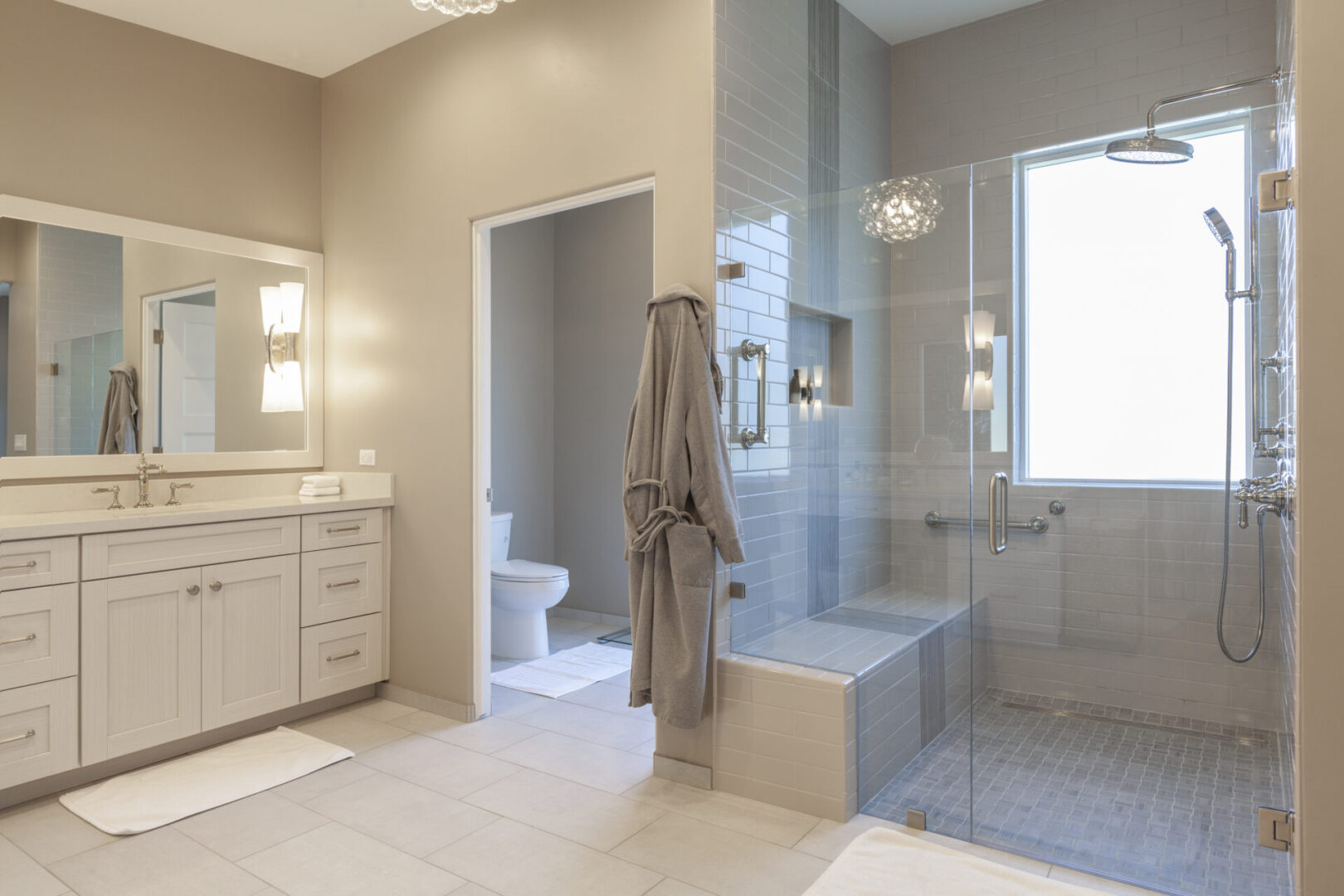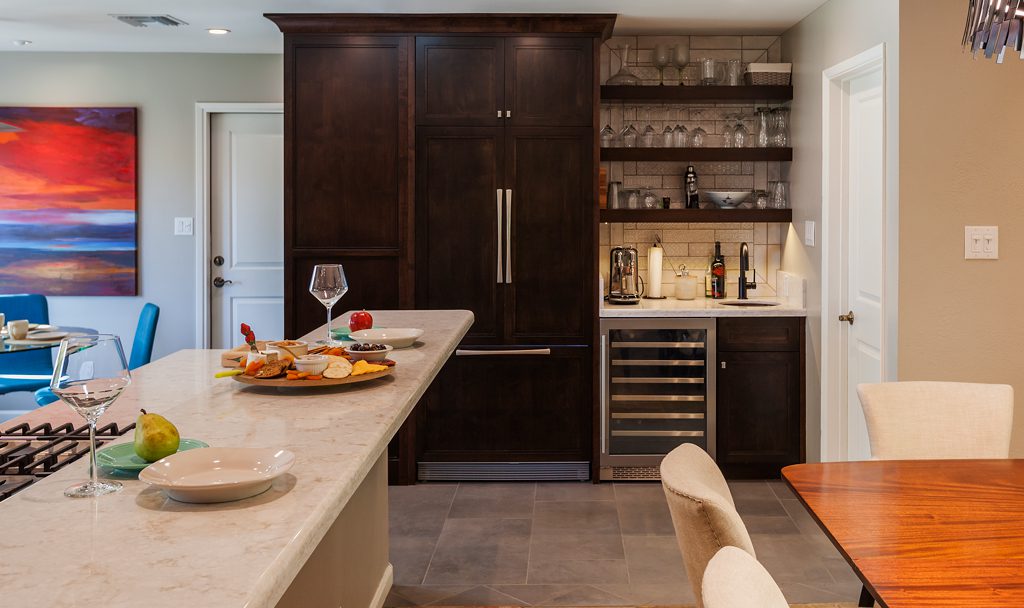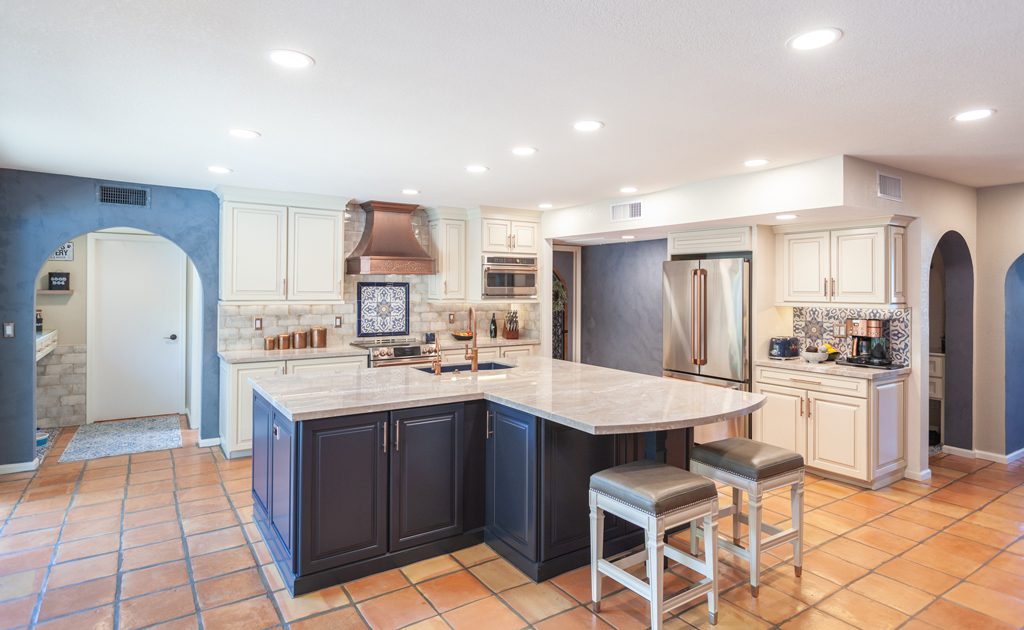Home Improvements
Designing the Perfect Bathroom: Essential Considerations for a Professional Remodel
By Steve Shinn, CR |
A bathroom remodel is more than just a cosmetic upgrade; it’s an investment in comfort, ...
Read More Beat the Phoenix Heat: Remodel Your Way to Cool Comfort with Tri-Lite Builders
By Steve Shinn, CR |
Phoenix summers are legendary for their scorching temperatures. While air conditioning might seem like the ...
Read More How to Create a Joyful, Clutter-Free Kitchen
By Steve Shinn, CR |
From quick weekday breakfasts to special-occasion dinners planned and prepared with care, the kitchen is ...
Read More Home Priorities Shift as Pandemic Reshapes How We Live
By Steve Shinn, CR |
The pandemic permanently changed the way we use our homes. Gone are the days of ...
Read More How to Get Your Furniture Arrangement Right
By Steve Shinn, CR |
Like a blank page or canvas, an empty room can be either an opportunity or ...
Read More 10 Keys to a Well-Functioning House
By Steve Shinn, CR |
The design of a house can have a profound effect on how we feel, but ...
Read More Dream Kitchen Must-Haves: From Practical to Luxurious
By Steve Shinn, CR |
When designing your dream kitchen, it's okay to dream big! Here is a compiled list ...
Read More High-Value Bathroom Upgrades
By Steve Shinn, CR |
When it comes to bathroom remodels, budgets are rarely limitless. So, where should you invest ...
Read More Liven Up Your Space with a Compact Home Bar
By Steve Shinn, CR |
While a sprawling basement pub might not be in the cards, a well-designed home bar ...
Read More Top 10 Kitchen Island Must-Haves for 2023
By Steve Shinn, CR |
Kitchen islands are the heart of the modern kitchen, offering extra prep space, storage, and ...
Read More 
